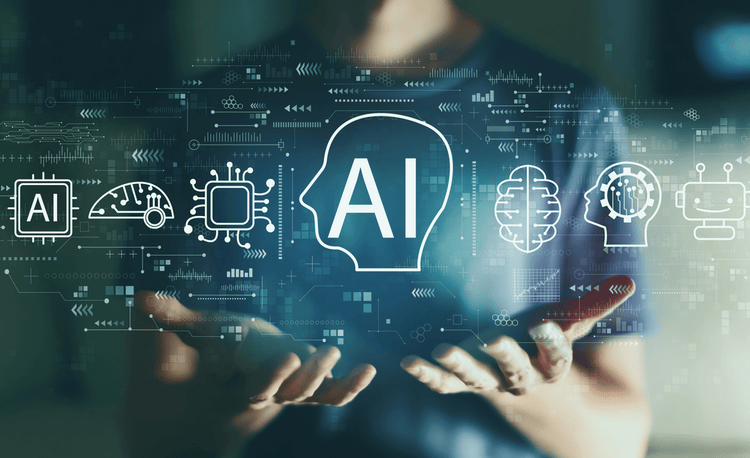The automotive industry began its journey in the late 19th century. Karl Benz’s invention of the Motorwagen in 1885 is often credited as the first true automobile. This era saw the transition from horse-drawn carriages to motorized vehicles, revolutionizing personal and commercial transportation. Henry Ford’s introduction of the assembly line in 1913 further transformed the industry, making cars affordable and accessible to the masses.
The Golden Age of Automobiles
Table of Contents
ToggleThe mid-20th century, often referred to as the golden age of automobiles, witnessed significant advancements in design, performance, and mass production. Iconic models like the Ford Mustang, Chevrolet Corvette, and Volkswagen Beetle emerged during this period. Post-World War II prosperity led to widespread car ownership and the expansion of highways, embedding automobiles deeply into American culture and beyond.
Technological Advancements
The late 20th and early 21st centuries brought rapid technological advancements in the automotive industry. Innovations such as electronic fuel injection, anti-lock braking systems (ABS), and advanced safety features became standard. The integration of GPS navigation, infotainment systems, and computer-aided design (CAD) and manufacturing (CAM) techniques further revolutionized car production and driving experiences.
The Shift Towards Green Technology
Environmental concerns have driven the automotive industry towards sustainable solutions. The introduction of hybrid vehicles, exemplified by the Toyota Prius, marked a significant shift in reducing carbon emissions. The rise of electric vehicles (EVs), led by companies like Tesla, is accelerating the move towards sustainable mobility. Developments in battery technology, renewable energy sources, and charging infrastructure are central to this green revolution.
Autonomous Vehicles and the Future
Autonomous vehicles (AVs) represent the future of the automotive industry. Self-driving technology, heavily invested in by companies like Waymo and traditional automakers, promises to revolutionize transportation. AVs aim to enhance safety, reduce traffic congestion, and provide mobility solutions for all. While fully autonomous vehicles are still in development, semi-autonomous features like adaptive cruise control and lane-keeping assistance are becoming more common.
Connectivity and the Internet of Things
Connectivity is transforming the automotive landscape. The Internet of Things (IoT) enables vehicles to communicate with each other and with infrastructure, enhancing safety and efficiency. Connected cars provide real-time traffic updates, remote diagnostics, and over-the-air software updates. Integration with smartphones and wearable devices creates a seamless digital ecosystem, enhancing the driving experience and passenger comfort.
Design and Aesthetics
Automotive design and aesthetics continue to play a critical role in the industry. Designers balance functionality with style, creating vehicles that are efficient and visually appealing. Aerodynamics, lightweight materials, and ergonomic interiors are key considerations in modern car design. Iconic design elements, such as the sleek lines of a Ferrari or the rugged appearance of a Jeep, contribute to brand identity and consumer appeal.
Globalization and Emerging Markets
Globalization has significantly impacted the automotive industry, leading to a diverse and competitive market. Automakers operate on a global scale, with production facilities and markets spanning multiple continents. Emerging markets in Asia, particularly China and India, have become major players in the industry. Trends like ride-sharing, car subscription services, and the rise of electric scooters and bikes are reshaping urban mobility and consumer preferences.
Challenges and Opportunities
The automotive industry faces numerous challenges, including regulatory pressures, supply chain disruptions, and evolving consumer demands. These challenges also present opportunities for innovation and growth. The push for sustainability, advancements in technology, and changing mobility patterns are driving the industry towards a future that is more connected, autonomous, and eco-friendly.
Future Directions
Looking ahead, the automotive industry is poised for further transformation. Innovations in electric and autonomous vehicles, advancements in connectivity and IoT, and a continued focus on sustainability will shape the future. The industry must adapt to these changes while addressing regulatory and consumer challenges. As technology and society evolve, the automotive avenues will continue to expand, offering new possibilities for transportation and mobility.











